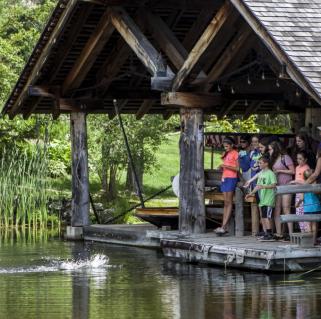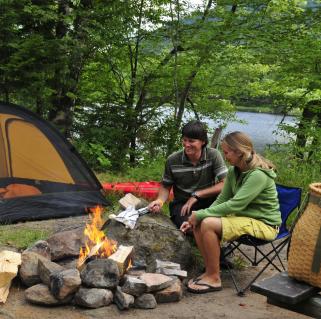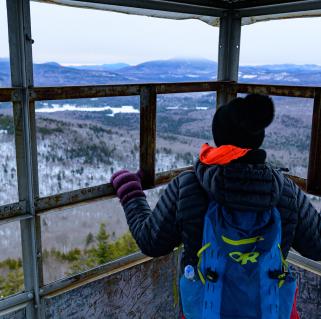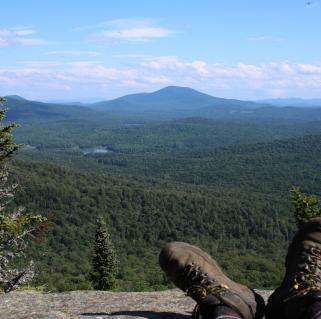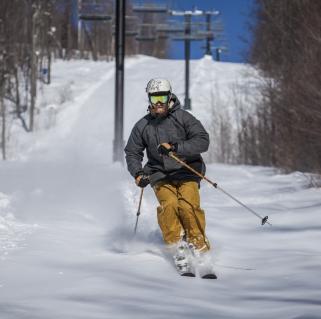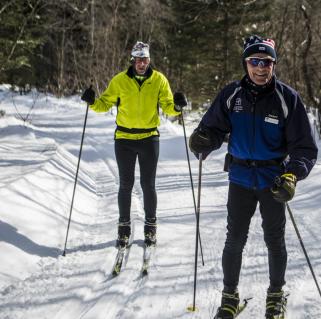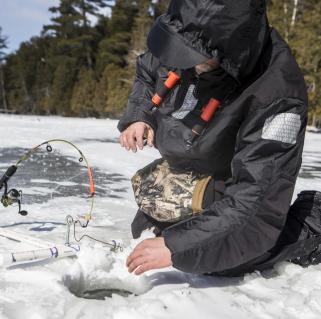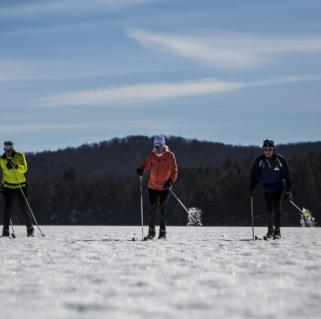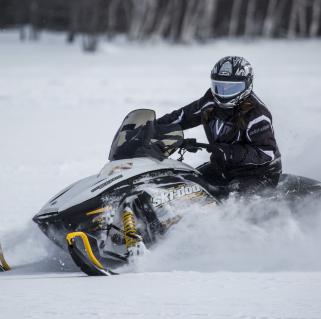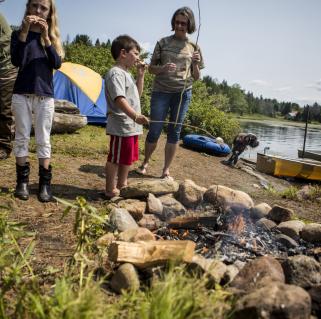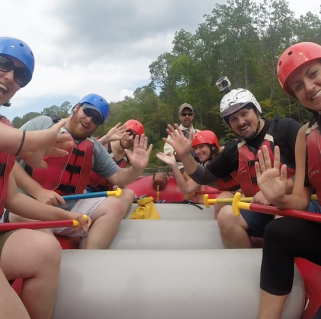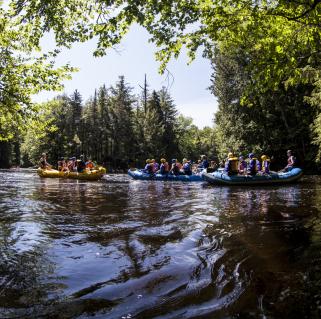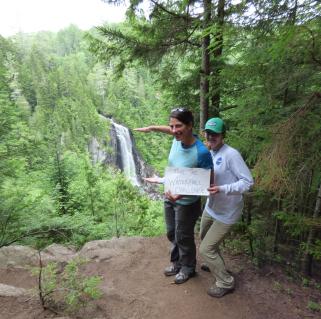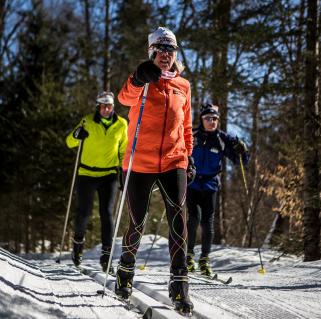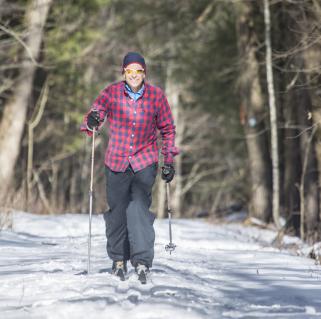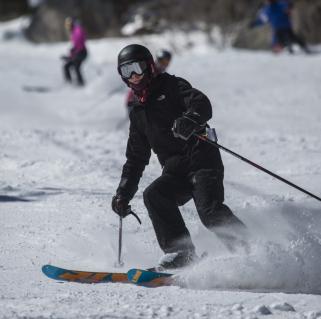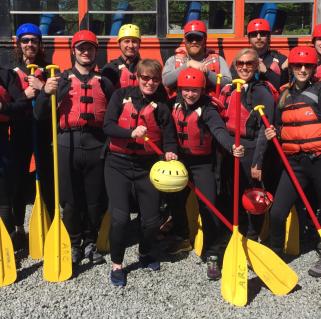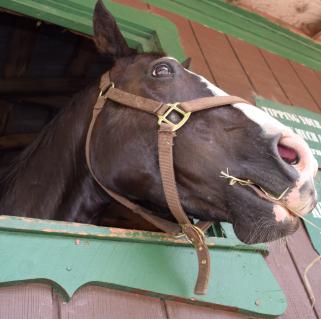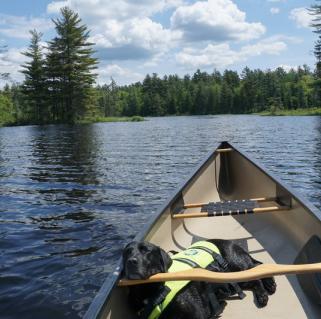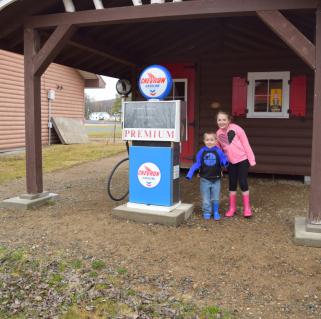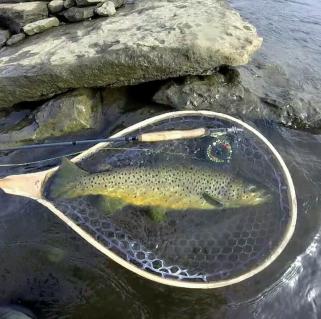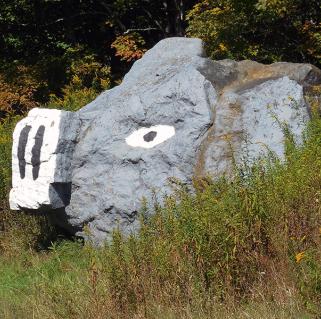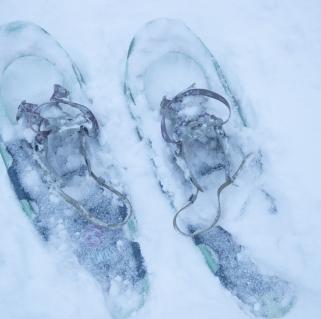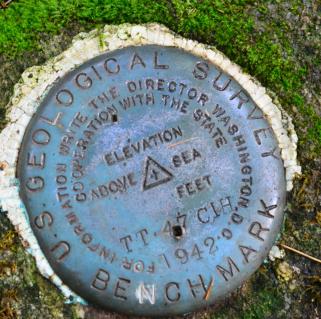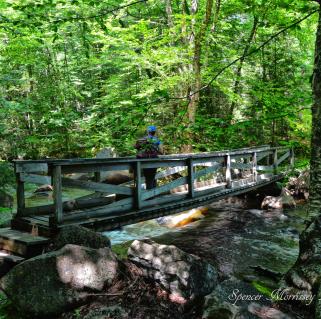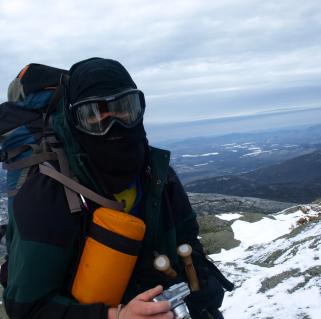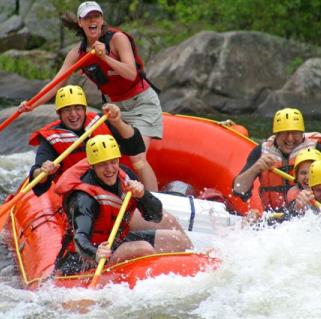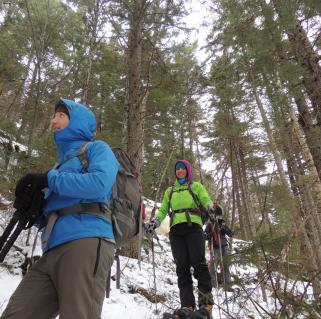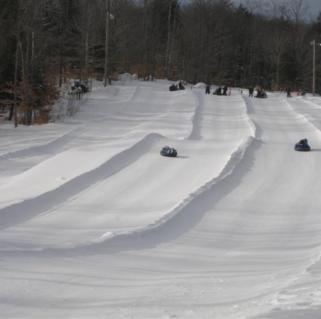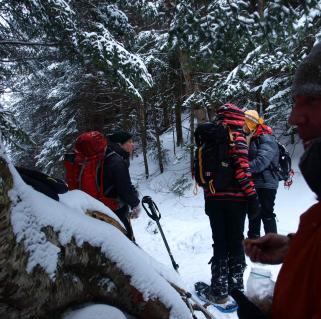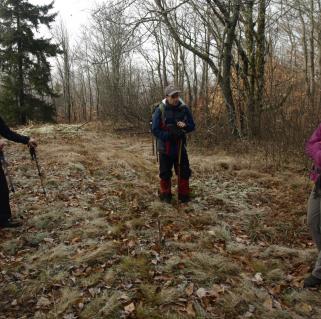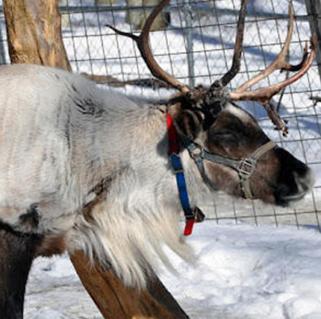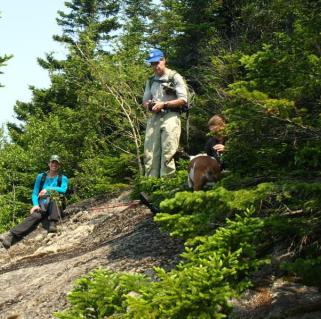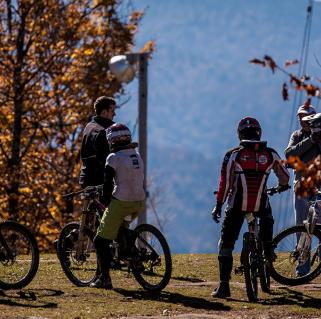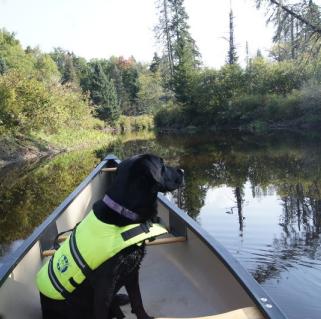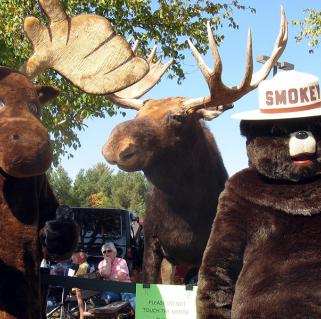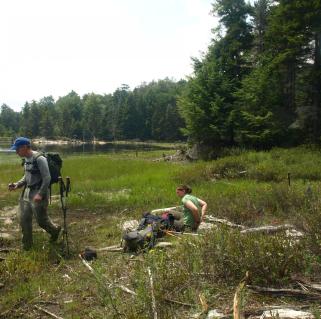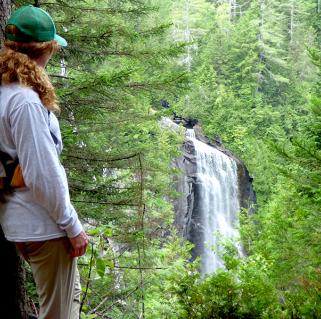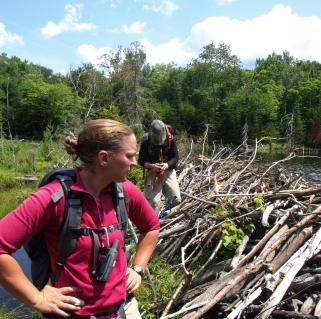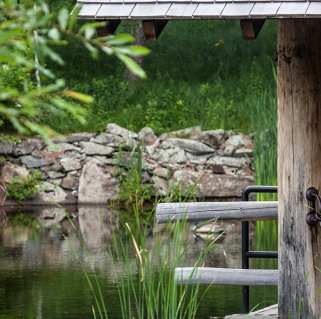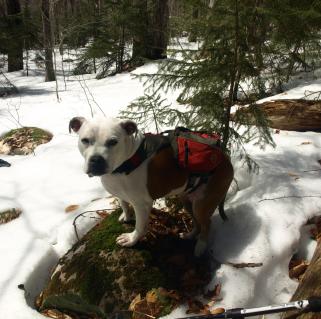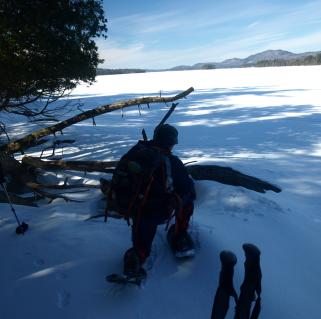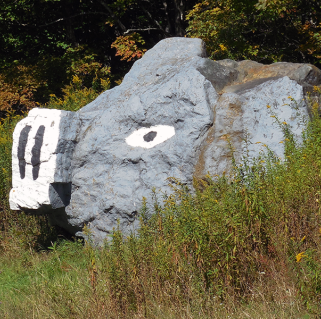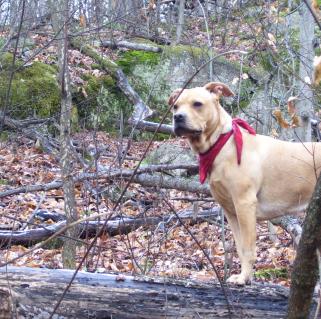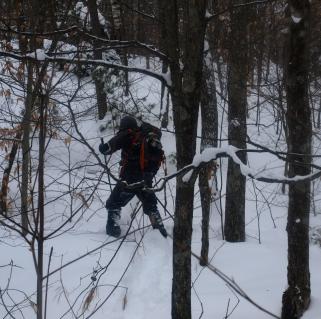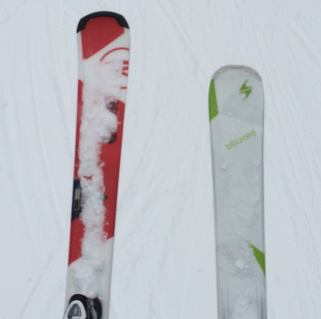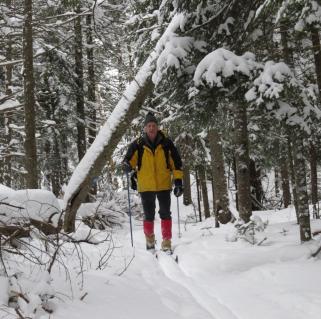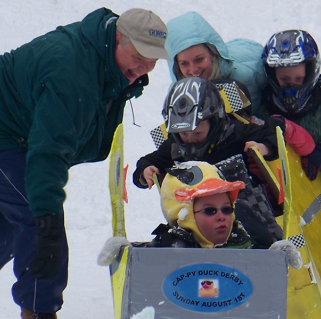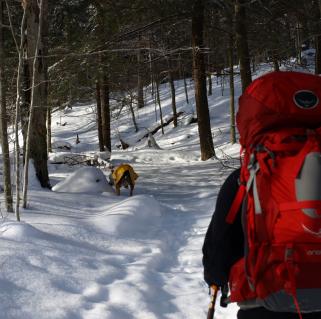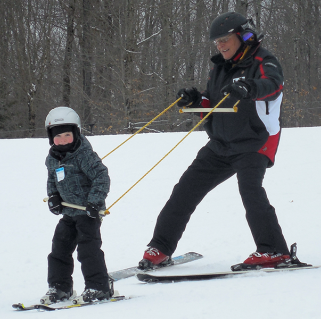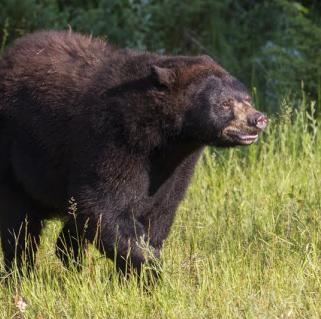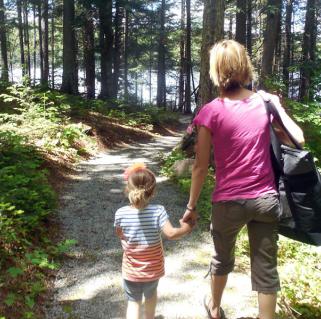Being a dog hiker!!!
As with many of you, I enjoy hiking with my four-legged companion. But for many of you reading this, maybe this hasn't been a pleasure you have yet partaken in. While fun, it is a huge responsibility, and honestly not all that dissimilar to hiking with young children. While I don't imagine that you would leash your child, there are many aspects that do run hand-in-hand. Take a gander below at some frequently asked questions about hiking with dogs and maybe it will help clear some stuff up. However, let me remind you, I am not an expert on the subject, I have just learned a bit here and there over the years.
What sorts of dogs are good for hiking?
Labrador retrievers, huskies, labradoodles, Bernese mountain dogs, collies, pointers, and Australian cattle dogs all seem to be great on the trail. Myself, I have had a lab/pit-bull mix and an American bulldog/pit-bull mix and both are outstanding on the trail. Jack Russell's are full of energy and seem to take to a trail like a race circuit. I have also seen many terriers on the trail doing a fantastic job, also full on energy. But overall, I am a fan of the mutt; heck I'm a mutt, most all of us are mutts if you think about it. Sometimes the best package comes by mixing the best of multiple worlds.
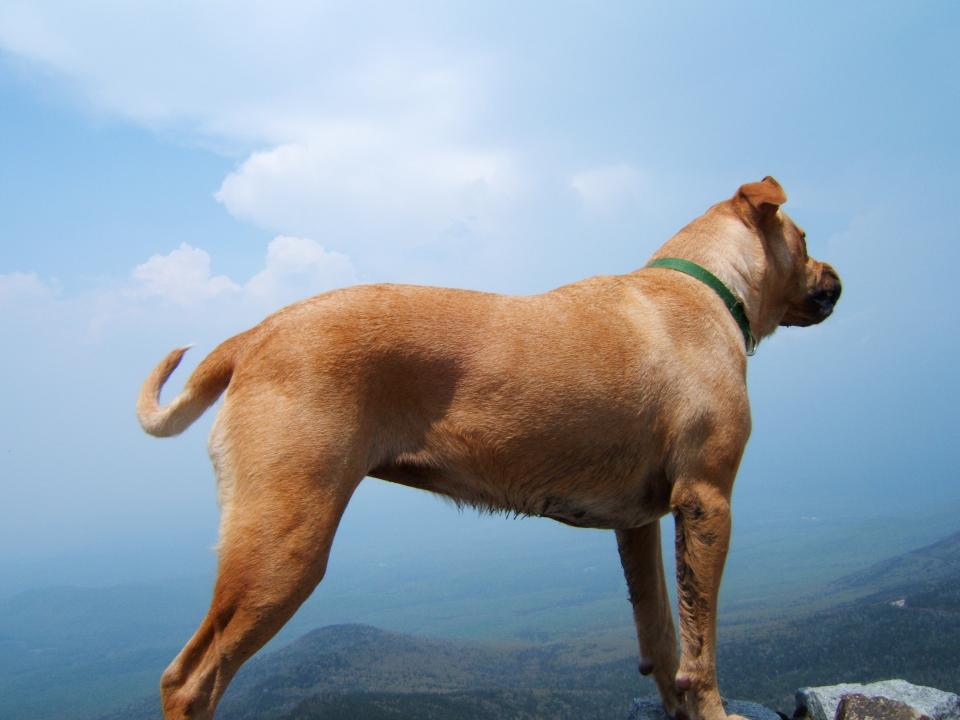
What kinds of rules are there for hiking with dogs in New York?
Pretty simple, dogs are allowed most everywhere - unless of course the trail is marked with "No Dogs Allowed" or something of the sort restricting them. New York State has a leash law requiring all dogs to be on a leash in public areas.
What kind of gear do they make for dogs that might make the experience more enjoyable for both parties?
There is a good deal of gear choices out there: they make jackets, insulated and not insulated; dog booties, insulated and non-insulated, to protect their paws; backpacks of all sizes to allow dogs to carry their own food and water. Then, of course, there are all types of leashes and collars of all makes, sizes, models and colors to choose from.
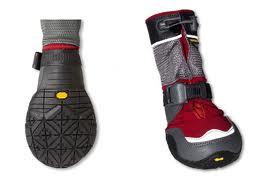
How long of a hike can you do with a dog?
How long you choose to hike all depends on your breed. I have seen some interesting dog breeds on the trail in the summer. What you need to do is get them out and about and see what they can do. My current companion Abby has done a 22-mile hike up Little Santanoni Mountain. She was tired by the end, but then again, so were we. I would not recommend a poodle to do 22-miles. However, labradoodles are supposed to be great trail dogs.
Can dogs go snowshoeing?
No, the snowshoes don't stay on! But on a more serious note, they can go hiking in the winter. Some dogs are better for winter hiking than others. Huskies, Alaskan dogs, German shepherds, and labs are all great dogs for winter hiking. While many others breeds are excellent as well, this gives you an idea.
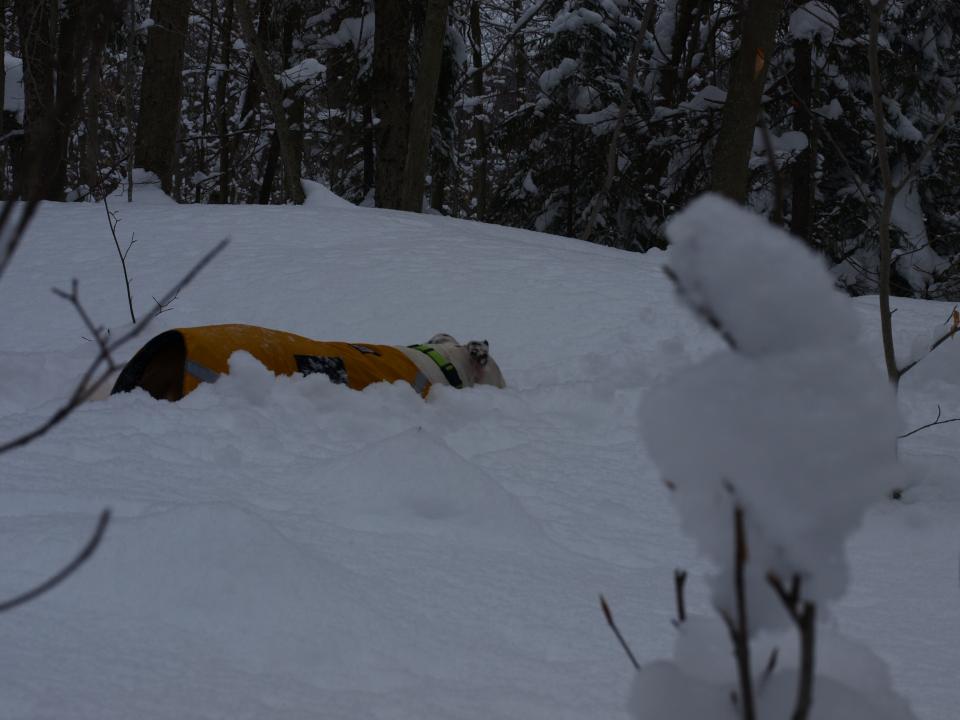
If you feel your pet has cold issues but you want to get them out more often you can consider an insulated jacket or vest to keep the heat from escaping from their back, it also helps to keep snow off them. You could also try insulated dog booties. These are a hit or miss with most dogs. I have tried them on all my hiking dogs and have had no success. Other dogs have no issues with them, all I can say is to try. It might be a good idea to introduce booties to your pet when they are young rather than strapping them onto an older dog. It's kind of like "old dog, new tricks" type of theory.
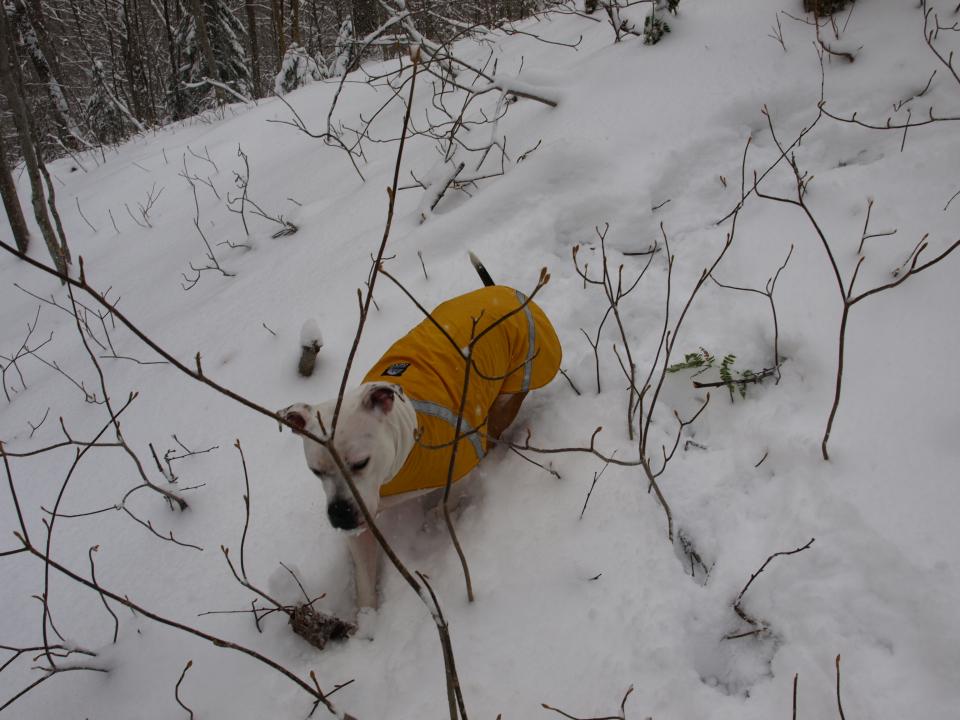
Can dogs climb mountains?
Of course dogs can climb mountains! Believe it or not, dogs are outstanding on steep and tricky terrain. They have built in crampons on their feet and can dig right in and grab those small holds on the trail. Don't be afraid to take your dog on a mountain. However, young dogs should be introduced slowly to steep terrain. Their bones are still growing and step terrain and can hinder the proper growth. By 18-months, they should be good to go for intermediate hiking and climbing, but consult your veterinarian.
Has your dog ever gotten hurt and what did you do?
Yes, accidents have happened on a few occasions. Luckily, not my current companion but past companions have had a few issues. One injury was bleeding paws from excessive time on bare rocks - all we could do for that was keep the paws as clean as possible and get out as quickly as we could. Then we treated them when we got home like you would an abrasion. Booties could have prevented this, but again mine just wouldn't take to them.
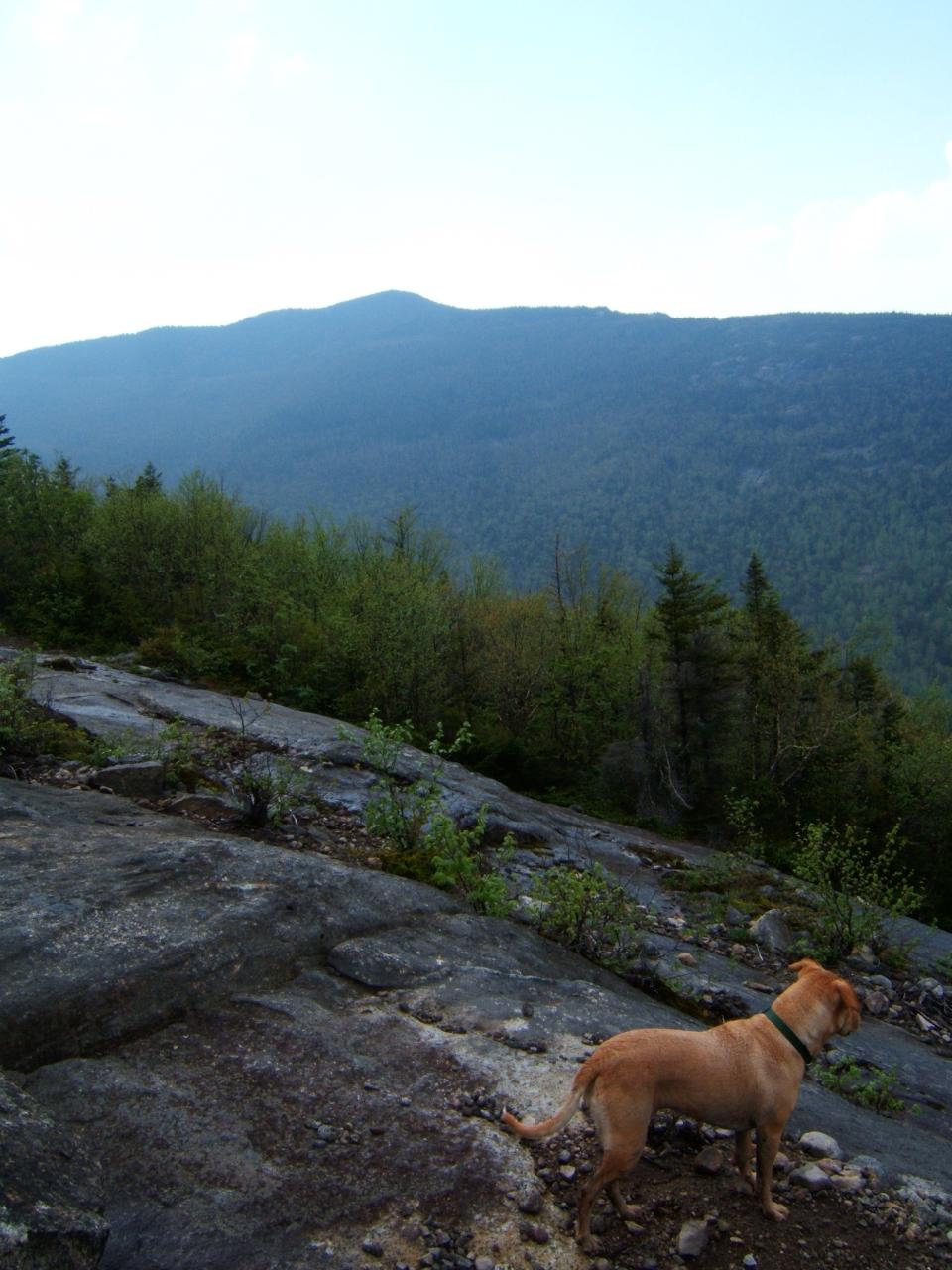
On another occasion she suffered a broken nail. Not like a beauty queen type of "I broke a nail syndrome" but the nail actually broke clean off back by the paw. I could tell she was in pain with every step so we turned around and headed home, luckily we were only a couple miles from the car. Booties again could be a preventative solution.
The most common injury for hiking dogs is a porcupine confrontation. Dogs hate porcupines and once they get slapped by the tail and imbedded with quills, they hate them even more and then go after them with their mouth; the dog never wins, but time and time again they try. All you can do is either carry plyers with you to take the quills out, or get off the trail and take them to the vet. Again this can be prevented by having your dog on a leash, but we all know that isn't always the case.
What about others on the trail, how do they react?
How people react on the trail depends on the person. While dogs are awesome in our eyes and "our dog would never harm a soul, only lick a person's face clean off," other hikers might not agree or be willing to take the chance. Many individuals are afraid or standoffish of dogs. Maybe this is due to a previous bad experience and really might not have anything to do with your pet, just give them space.
Now meeting other dogs on the trail is a totally different story and one of typical uncertainty. I have never had an issue with my pet reacting badly or another's pet reacting badly when approached. Of course I am always on guard, it's only natural.
Where should I start?
I always tell people start where you feel comfortable. Try something short at first, maybe more on the flat side to see how they do. Then work your way up to something a bit harder and then eventually go all out with a demanding hike. Of course that is if you are up to it as well. Does all that sound familiar? Essentially like I said, it's kind of like introducing kids to hiking. You start them off slow and work up their abilities and before you know it, they are carrying their own pack. Dogs also need to be comfortable, loved, fed, warm, and at times convinced to carry on. Good luck and happy hiking.







